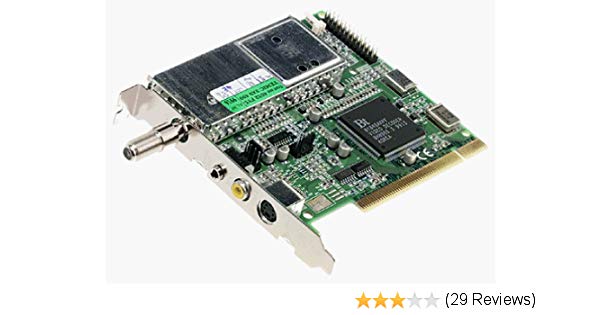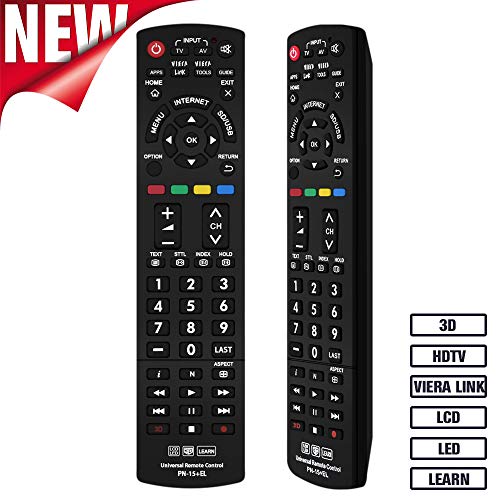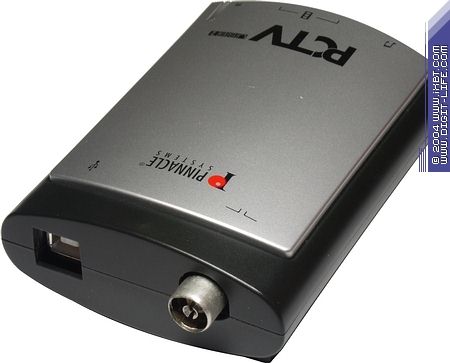High-end sound cards provide as high as 24-bit or even 32-bit audio with a sampling rate as high as 192-kHz or 384-kHz in the latest sound cards. These specifications roughly define the audio quality of the sound card, although there are other factors included such as gold-plated connectors, Electromagnetic-Interference shielding, etc. Pinnacle PCTV 400e USB 2.0 BDA Device. Pinnacle PCTV 60e. Pinnacle PCTV 71e. Pinnacle PCTV DVB-T Common. Pinnacle PCTV DVB-T Dual Common. Pinnacle PCTV DVB-T Dual Tuner1. Creative Sound Blaster Omni Surround 5.1 USB Sound Card with 600ohm Headphone Amp and Integrated Microphone. External Box: Yes System Requirements: On PC platform Intel Core 2 Duo or AMD equivalent processor at 2.2 GHz Microsoft Windows 8 / Windows 7 / Windows Vista 1GB RAM 600MB free hard disk space CDROM / DVDROM drive USB 2.0 port On Mac Platform Intel Core 2 Duo 2.8GHz Mac OS 10.6 & above. The PCTV HD Pro Stick is an external tuner and plugs into a USB port so I don't have a tv tuner card driver to update.
This article deals with the following analogue PCI cards from Miro/Pinnacle:
- Miro PCTV
- Miro PCTV Pro
- Pinnacle PCTV
- Pinnacle PCTV Pro
They are supported under Linux.
- 1Overview/Feautres
- 2Making it work
- 2.2Module Options:
Overview/Feautres
These Miro and Pinnacle cards were the original PCTV series, produced from December 1997 onwards. They are based on the Bt848 chip (Also see Bttv devices (bt848, bt878)). The PCTV Pro model includes an FM radio chip.
These cards feature:
- TV input: RF connector for a PAL/NTSC/SECAM .. (Resolution: 768x576 and 720x576 (PAL)) .. ??? with adapter to IEC connector (PAL)
- Video Input: S-Video, Composite Video (RCA socket)
- Audio Outputs: 3.5 mm jack
- FM radio RF signal (PRO only): Internal RC jack with flying wire to IEC connector
- Video composite out (internal)
- These Pinnacle cards are supplied with a remote controller which seems to be the same as for the Pinnacle PCTV 50i.
Components Used
- TV tuner: Temic 4002 FH5 (also possibly Philips on some cards)
- Analog demodulator: MSP3410D-B4 (msp3400)
- FM radio chip (PRO models only): MSP3410
- Video/audio decoder: bt848
Identification
See the lspci output provided below.
Making it work

Connecting the card
- The TV antenna signal is connected to the antenna input.
- The card has no on board sound A/D so a cable (supplied) should be connected from the card audio output connector to a generic sound input (on either your sound card or your motherboard). Sound will needs to be redirected using sox (also see the Talk page for some examples).
- The card itself lacks an input for the remote control. Rather, the remote control sensor cable (supplied) is connected to a 9 pin serial input (usually there is one on your motherboard).
Drivers
Module Options:
card=11
The cards may be detected automatically, but at least for the Pro card is is required to specify options explicitly in /etc/modules.cond (for Fedora, other distributions may do it differently):
The Digital Driver Licence can be used as proof of age, identity and permission to drive, and is available for all NSW driver licence classes and types. To get your digital driver licence you will need to: download the latest version of the Service NSW app to your smartphone. Download rms driver. The RMS Client ships as an optional download which can be, with acknowledgment and acceptance of its license agreement, freely distributed with your third-party software to enable client access content that has been rights protected by use and deployment of RMS services in your environment. The RMS Center is maintained to assist field engineers, inspectors, construction representatives, contractor staff and office personnel perform their duties by providing computer programs and automation expertise to plan, accomplish, and control the daily technical and administrative functions of construction projects managed by the U.S. Army Corps of Engineers. Downloads Guides and software for using the core system. RMS Setup Guide. This important document is a step by step guide to setting up the RMS system.
Kernel output:
lspci -v
card=39
The card was autodetected by bttv as card=39, but didn't work. However when I added
it started working! Must be some bug, since only 'tuner=33' didn't work either. Pinnacle PCTV Pro bought in Sweden (PAL).
All output from Ubuntu Hardy

Kernel output
lspci -v -nn
Remote control
TODO
- Remote control, needs some configuration, and maybe lirc? See also Remote controllers
External Links
- http://linux.box.sk/faq_list.php?subject=Linux%20-%3E%20Hardware (slightly out of date)

This article deals with the following analogue PCI cards from Miro/Pinnacle:
- Miro PCTV
- Miro PCTV Pro
- Pinnacle PCTV
- Pinnacle PCTV Pro
They are supported under Linux.
- 1Overview/Feautres
- 2Making it work
- 2.2Module Options:
Overview/Feautres
These Miro and Pinnacle cards were the original PCTV series, produced from December 1997 onwards. They are based on the Bt848 chip (Also see Bttv devices (bt848, bt878)). The PCTV Pro model includes an FM radio chip.
These cards feature:
- TV input: RF connector for a PAL/NTSC/SECAM .. (Resolution: 768x576 and 720x576 (PAL)) .. ??? with adapter to IEC connector (PAL)
- Video Input: S-Video, Composite Video (RCA socket)
- Audio Outputs: 3.5 mm jack
- FM radio RF signal (PRO only): Internal RC jack with flying wire to IEC connector
- Video composite out (internal)
- These Pinnacle cards are supplied with a remote controller which seems to be the same as for the Pinnacle PCTV 50i.
Components Used
- TV tuner: Temic 4002 FH5 (also possibly Philips on some cards)
- Analog demodulator: MSP3410D-B4 (msp3400)
- FM radio chip (PRO models only): MSP3410
- Video/audio decoder: bt848
Identification
See the lspci output provided below.
Making it work
Connecting the card
- The TV antenna signal is connected to the antenna input.
- The card has no on board sound A/D so a cable (supplied) should be connected from the card audio output connector to a generic sound input (on either your sound card or your motherboard). Sound will needs to be redirected using sox (also see the Talk page for some examples).
- The card itself lacks an input for the remote control. Rather, the remote control sensor cable (supplied) is connected to a 9 pin serial input (usually there is one on your motherboard).
Drivers
Module Options:
card=11
The cards may be detected automatically, but at least for the Pro card is is required to specify options explicitly in /etc/modules.cond (for Fedora, other distributions may do it differently):
Kernel output:
lspci -v
card=39

The card was autodetected by bttv as card=39, but didn't work. However when I added
it started working! Must be some bug, since only 'tuner=33' didn't work either. Pinnacle PCTV Pro bought in Sweden (PAL).
All output from Ubuntu Hardy
Kernel output
lspci -v -nn
Remote control
TODO
- Remote control, needs some configuration, and maybe lirc? See also Remote controllers
Pctv Sound Cards & Media Devices Driver Download For Windows 10 32-bit

External Links
- http://linux.box.sk/faq_list.php?subject=Linux%20-%3E%20Hardware (slightly out of date)
Pctv Sound Cards & Media Devices Driver Download For Windows 10 7

.png)